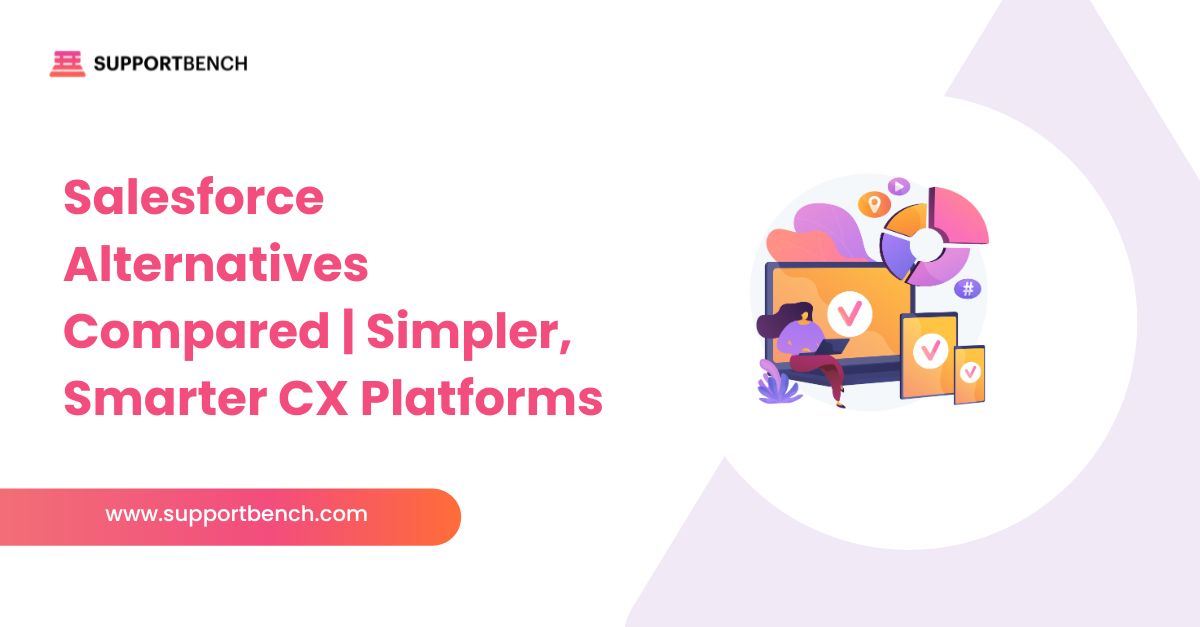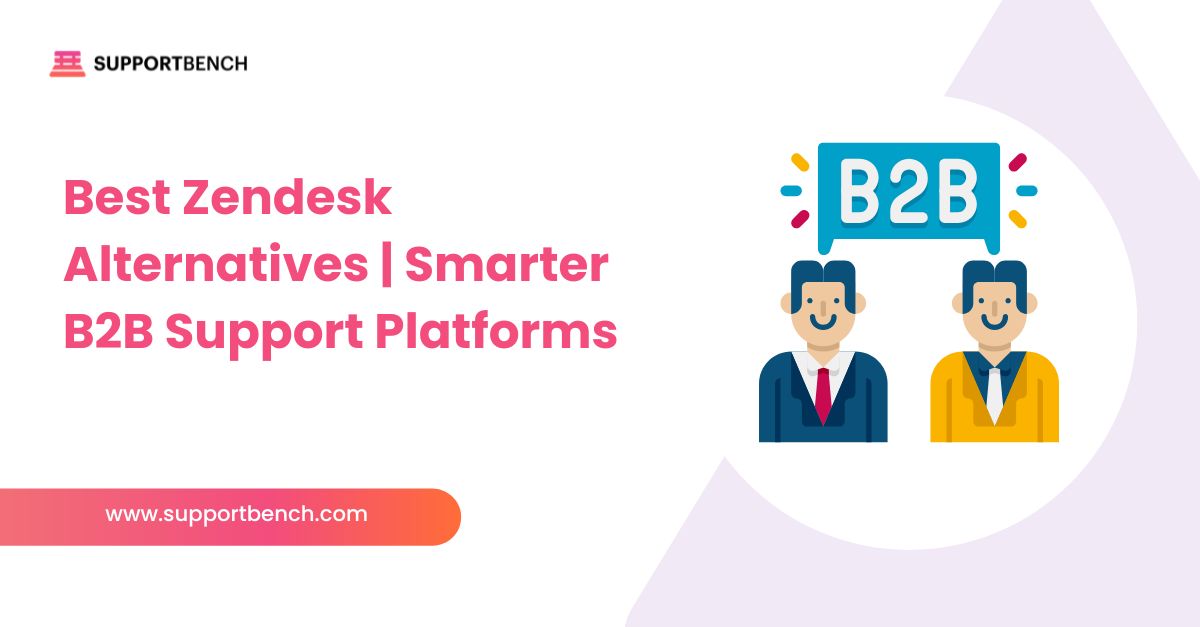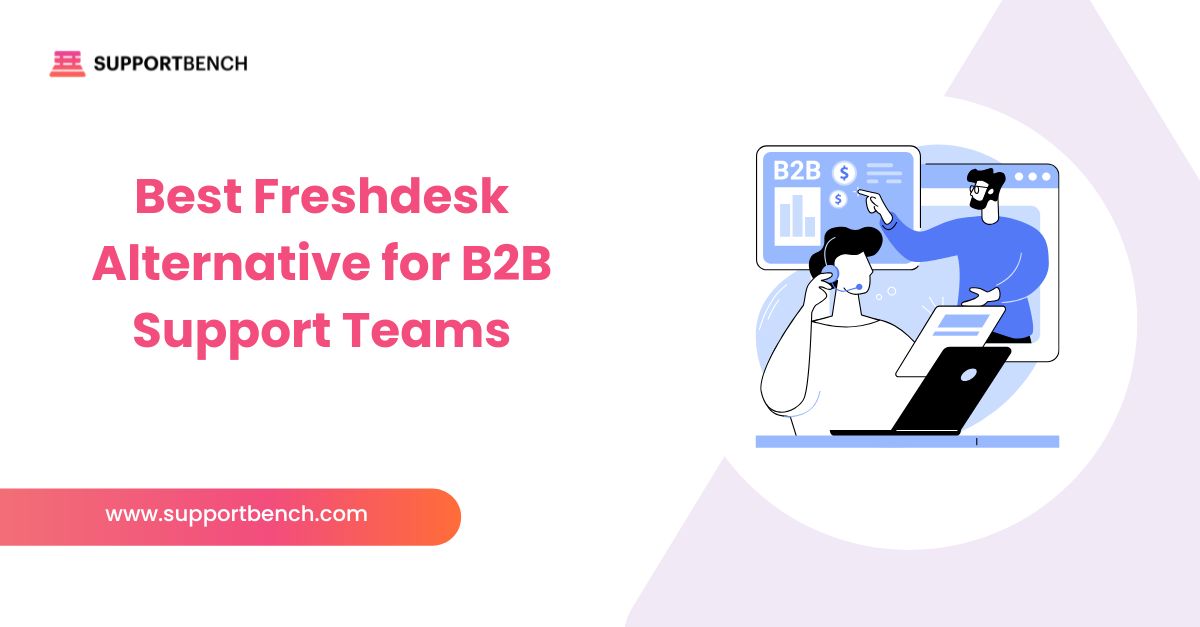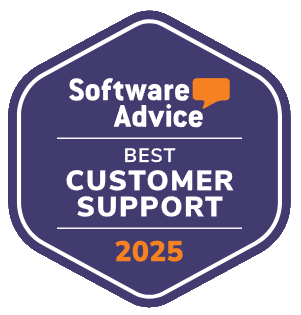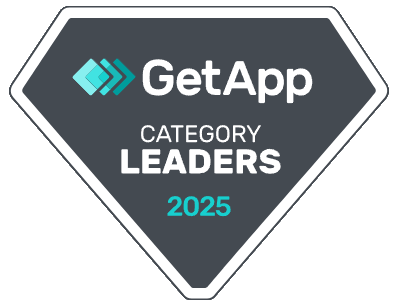Understanding how to measure customer service is not just a best practice; it’s a necessity for any company aiming to provide a superior customer experience. With customer expectations constantly evolving, staying ahead requires more than just resolving issues. It means creating meaningful interactions that lead to lasting relationships. And, successful companies focus on proactive service and make data-driven decisions based on insightful customer service metrics.
Yet, with so many metrics available, it can be easy to get overwhelmed and lose sight of what truly matters. The challenge lies in picking metrics that both reflect the customer experience and serve as actionable insights for your support teams. This article outlines key customer service metrics every business needs to track to enhance customer satisfaction and build stronger relationships.
1. First Response Time (FRT)
First Response Time measures how long it takes for a customer to receive an initial response after contacting support. This metric is crucial because it represents the initial impression of your customer service—a prompt first response tells customers that their issue is being heard and matters to your business.
Improving first response times can significantly enhance the customer experience, often turning dissatisfied customers into advocates. According to recent studies, businesses that respond to customer inquiries within the first hour are seven times more likely to retain those customers compared to those who take longer.
Practical Tips for Improvement:
- Set Expectations: Automatically send a confirmation message to let customers know their query has been received and an approximate wait time.
- Equip Your Teams: Use AI-driven chatbots to handle simpler inquiries while your human agents focus on complex issues that need more personal attention.
- Prioritize Issues Based on Severity: Establish different response targets depending on the nature of the customer’s problem—urgent issues should take priority.
According to a 2022 report by HubSpot, companies that respond to customer inquiries within the first hour are 60% more likely to convert leads into customers and significantly improve retention rates. Quick first response times show customers that their issues are being taken seriously, which directly impacts satisfaction and loyalty.
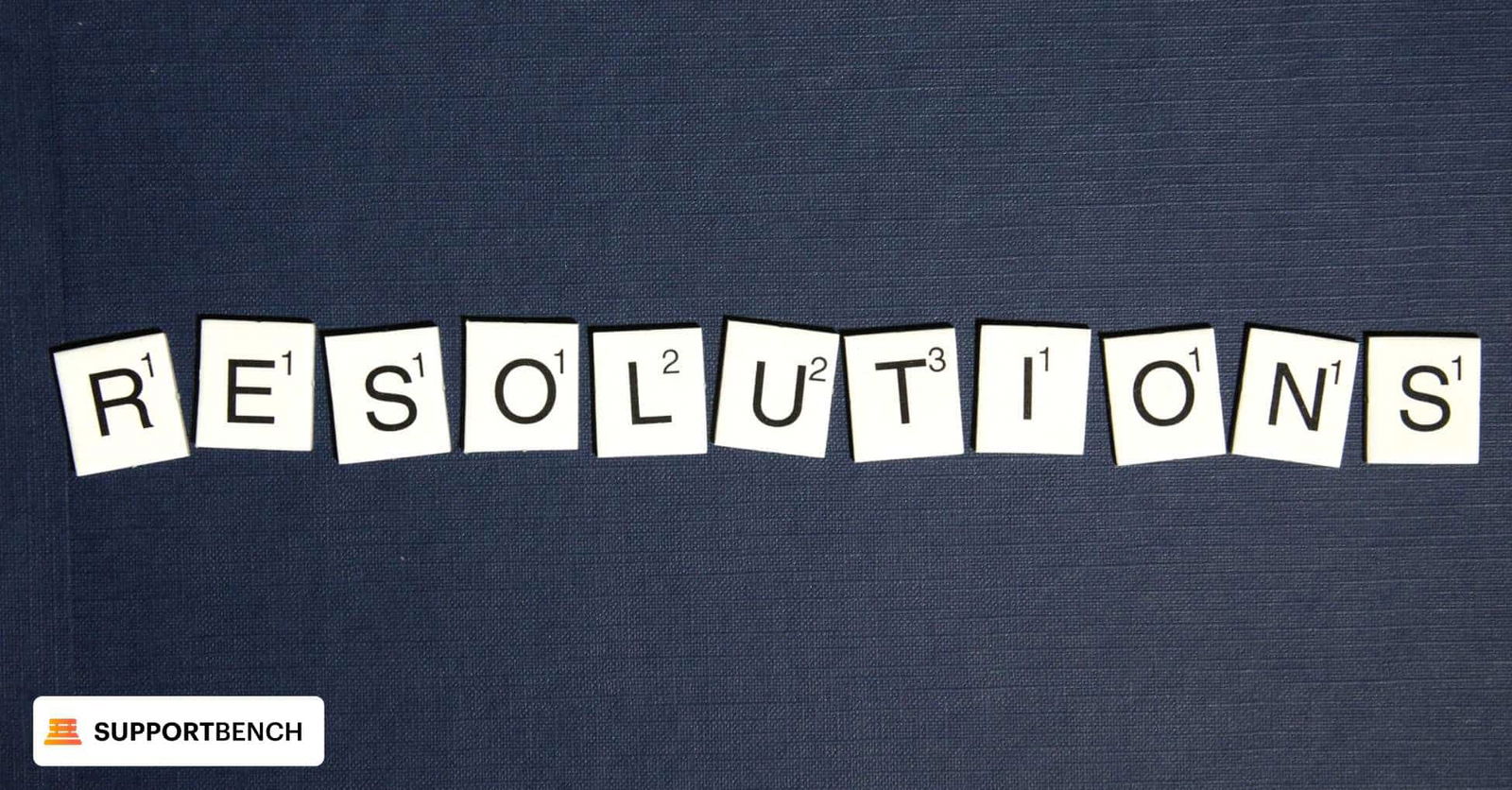
2. Resolution Time
Resolution Time represents how quickly a customer’s issue is fully resolved. Longer resolution times can frustrate customers, while quicker resolutions can boost their satisfaction and perception of the brand.
The success of any support team is reflected in how quickly and effectively they can resolve problems. Tracking this metric helps determine if the team has the right tools and knowledge to solve issues. Modern AI tools and process automation can play a huge role in optimizing resolution times.
Practical Tips for Improvement:
- Implement Self-Service Resources: Create a knowledge base so customers can solve common issues themselves.
- Use AI and Automation: Automate common follow-ups or use AI to help identify the nature of problems faster.
- Monitor Internal Bottlenecks: Identify processes or departments that are delaying resolutions and find solutions to streamline workflows.
According to a study by Zendesk, faster resolution times are directly correlated with higher customer satisfaction scores. In fact, companies that resolve issues within the first contact achieve customer satisfaction rates of over 90%, whereas extended resolution times significantly reduce customer happiness. Quick resolution boosts loyalty and improves overall brand perception.
3. Customer Satisfaction Score (CSAT)
CSAT is one of the most popular metrics to measure how satisfied customers are with the service they received. Asking customers to rate their satisfaction immediately after an interaction provides direct insight into what works and what doesn’t.
However, CSAT is not always about aiming for a perfect score. It’s about collecting feedback, understanding trends, and pinpointing areas for improvement. Modern tools have made gathering these scores easy through automated follow-up emails, post-chat surveys, and even quick SMS prompts.

Practical Tips for Improvement:
- Incorporate Feedback Loops: Ensure that all feedback—positive or negative—is acknowledged and used to improve service delivery.
- Personalize Interactions: Customers value personalized service—train agents to use customer names and reference past interactions when possible.
- Analyze Trends: Look for trends in the feedback and create an action plan to address consistent complaints.
Salesforce reported that 88% of organizations use Customer Satisfaction Score (CSAT) as a key performance indicator to measure the success of their service teams. This underscores the widespread adoption of CSAT as an essential tool for understanding customer sentiment and improving service.
4. Customer Effort Score (CES)
CES measures how easy it was for customers to get their issues resolved. It is a predictor of loyalty: the easier you make it for customers to solve their issues, the more likely they are to stay with your brand. According to recent trends, reducing customer effort is a more significant predictor of loyalty than exceeding expectations.
Effortless service isn’t about minimizing interaction but rather reducing the friction customers encounter during their journey. The less they have to repeat information or contact multiple departments, the better their experience will be.
Practical Tips for Improvement:
- Streamline Information Access: Ensure customers have easy access to information they need without repetitive searching.
- Integrate Systems: Use CRM software to prevent customers from needing to repeat information at each touchpoint.
- Predict Needs: AI-driven tools can help predict customer needs and provide agents with suggestions during live interactions.
According to Gartner, 96% of customers who experience a high-effort service interaction become disloyal, compared to only 9% who experience a low-effort interaction. This means that reducing the effort required by customers significantly improves loyalty and customer retention.
5. Net Promoter Score (NPS)
Net Promoter Score measures the likelihood that a customer will recommend your brand to others. It’s a strong indicator of overall satisfaction and loyalty, helping businesses gauge long-term health in terms of customer advocacy.
NPS can reveal valuable insights about customer experience beyond a transactional level. Customers who give low NPS scores are often at risk of churn and require proactive engagement to mitigate the risk.
Practical Tips for Improvement:
- Follow Up on Negative Feedback: Identify customers who leave a low NPS and follow up to understand and address their concerns.
- Engage Promoters: Ask your promoters to leave reviews or testimonials, turning their loyalty into more referrals.
- Identify Promoter Traits: Analyze promoters to understand why they advocate for your brand and reinforce those aspects in your service.
6. Ticket Volume and Trends
Ticket volume gives you an idea of how many issues are being reported, while tracking trends over time helps understand peak times and identify recurring problems. High ticket volume may indicate systemic issues that need addressing, whereas lower volume could indicate efficient self-service options.
Being able to predict trends can allow for better allocation of resources and prevent service bottlenecks. Modern businesses use AI to forecast ticket surges and to route tickets more effectively, helping to ensure that the right agents are assigned to the right problems.
Practical Tips for Improvement:
- Identify Root Causes: Regularly analyze tickets to identify common issues that may indicate underlying product problems.
- Allocate Resources Smartly: Use data to prepare teams for peak times when ticket volumes surge.
- Leverage AI for Prioritization: AI can analyze the sentiment and urgency of customer tickets and prioritize them accordingly.

How Supportbench Enhances Customer Relationships
Supportbench provides a comprehensive platform that enhances customer relationships through powerful, turn-key AI capabilities that assist teams in measuring customer service effectively. By integrating features such as AI-powered ticket summarizations, CSAT/CES detection, and resolution tracking, Supportbench ensures that customer service is not only efficient but also personalized and insightful.
With its commitment to enhancing customer interactions, Supportbench empowers teams to proactively manage customer needs, reduce effort scores, and ultimately foster long-lasting relationships built on trust. The tools embedded in Supportbench offer visibility into every key metric mentioned above, enabling businesses to understand the bigger picture, make data-driven decisions, and excel in providing superior service.
Conclusion
Measuring customer service is not just about tracking numbers—it is about understanding the experiences behind those numbers and making meaningful improvements. By focusing on metrics like First Response Time, Resolution Time, CSAT, CES, NPS, and Ticket Volume, businesses can gain valuable insights into the customer journey and the quality of their service. The right metrics can empower support teams to address customer needs more effectively, build loyalty, and create memorable experiences that set your brand apart.
Incorporating the right tools, such as AI and automation, is essential for optimizing these metrics. Platforms like Supportbench make it easier to track, analyze, and act on key customer service metrics, ultimately enhancing relationships and driving customer satisfaction. As customer expectations continue to evolve, businesses that prioritize measuring and improving their customer service will be the ones that thrive. Let customer-centric metrics guide your strategy, and you’ll create a support experience that not only meets but exceeds expectations.



